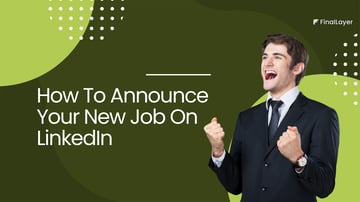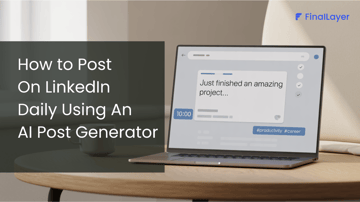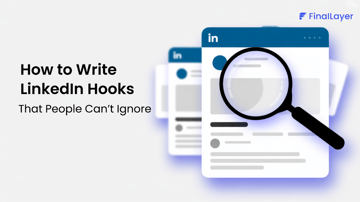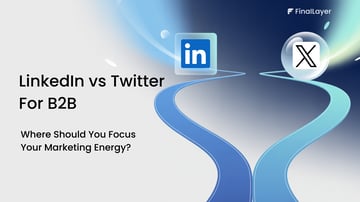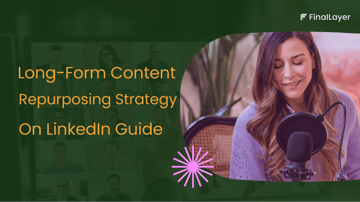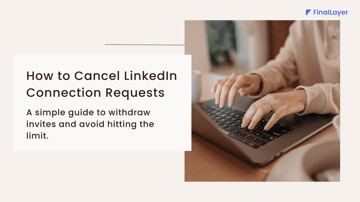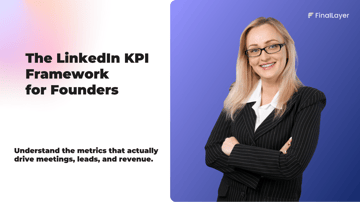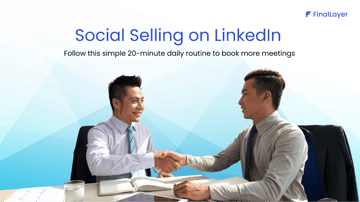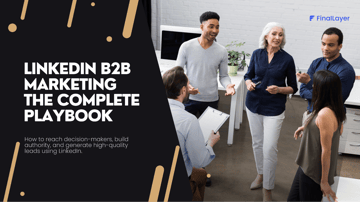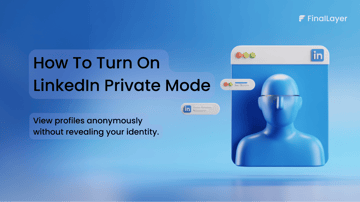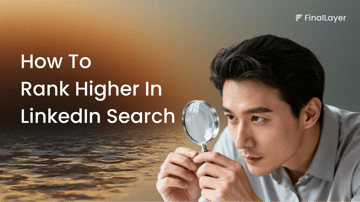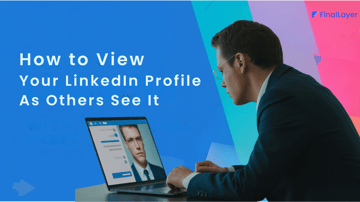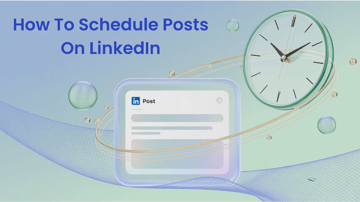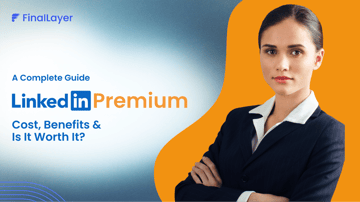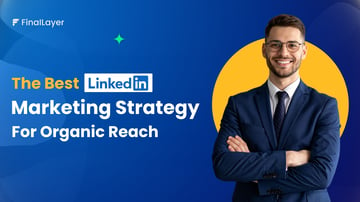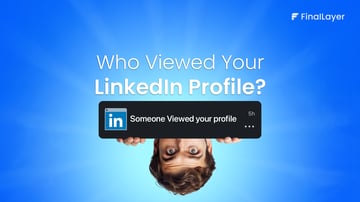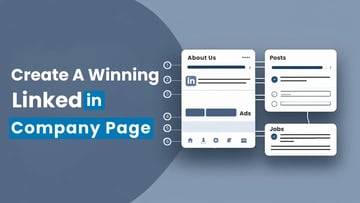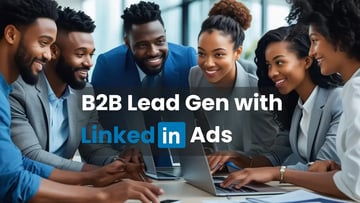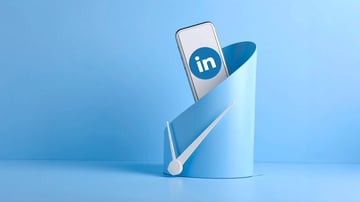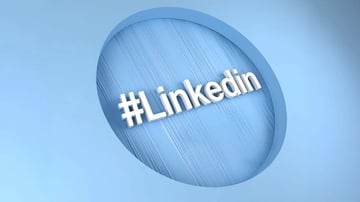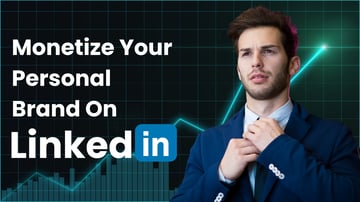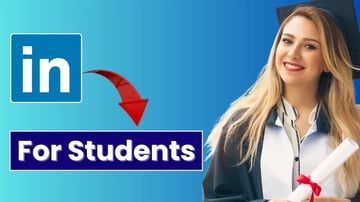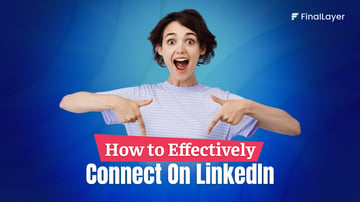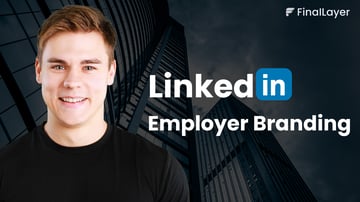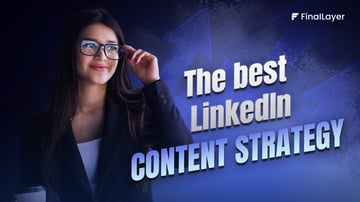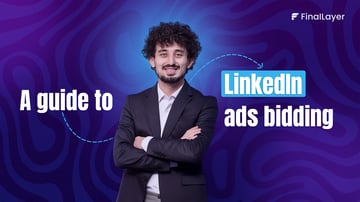In 2025, the platform passed 1 billion members, but only a small fraction created content consistently. For years, simply posting often motivational quotes, recycled insights, and viral carousels was enough to build reach.
That era is closing fast.
LinkedIn's algorithm update is moving from rewarding consistency to rewarding credibility. The next wave of visibility belongs to professionals who can prove their expertise through results, not repetition. The platform no longer favors the loudest; it favors the most authentic.
The rise of this new standard marks the end of the “content game” as we know it and the beginning of something deeper: the credibility economy.
What Is Changing In 2026 On LinkedIn?
Until recently, quantity ruled. Posting daily with catchy hooks could push you into thousands of feeds, even if your content lacked depth. But as LinkedIn’s algorithm becomes more sophisticated, it’s now trained to prioritize domain expertise and real authority over frequency.
That’s where the new breed of creators emerges, the expertreneurs. These are professionals who don’t just talk about ideas; they build, test, and share what actually works.
The new LinkedIn doesn’t reward activity for activity’s sake. It rewards proof case studies, experiments, unique takes, and firsthand lessons.
In this new ecosystem, credibility is the new currency. Thought leaders are being replaced by practitioners who post insights rooted in lived experience. The creators who once relied on volume now have to back their content with expertise, evidence, and execution.
If 2023 was about “being visible,” 2026 will be about being trusted.
LinkedIn Algorithm Update 2026: Key Insights and Predictions
1. The Algorithm Rewards Credibility, More than Consistency
LinkedIn’s algorithm has evolved from favoring volume to valuing proof. It now prioritizes creators who demonstrate domain expertise, verified results, and authentic engagement over those who simply post frequently.
The question is no longer “How often do you post?” but “How credible are you when you do?” Trust signals such as audience retention, expert engagement, and topic depth now determine reach and visibility.
2. Rise of the “Expertreneur”
A new class of creators, the expertreneurs, is taking over LinkedIn. These are professionals who build, measure, and teach. Their content leads with proof, not polish, screenshots, case studies, and live lessons replace recycled advice.
The era of “thought leaders” is giving way to practitioners who can back their claims with evidence. Authenticity and execution now drive business growth on LinkedIn.
3. Micro-Niche Positioning is the New Differentiator
Broad content themes like “marketing,” “sales,” or “leadership” are becoming irrelevant. LinkedIn’s algorithm rewards creators who own specific problems within a niche, for example, “email automation for SaaS founders” or “AI-assisted recruiting.”
This micro-specialization improves discoverability, relevance, and conversion rates, making your brand stand out in a sea of generalists.
4. Proof Over Opinion
Generic posts and motivational carousels are losing traction. The best-performing content now starts with proof-first storytelling, measurable outcomes, client results, data-backed insights, and experiments that show what really works.
This “show, don’t tell” approach strengthens your credibility graph and encourages algorithmic amplification.
5. Engagement is the New Authority Signal
Meaningful engagement is now one of LinkedIn’s strongest credibility signals.
Thoughtful comments filled with insights function like micro-posts, expanding reach and boosting your reputation.
The algorithm interprets intelligent dialogue, not likes or emoji reactions, as evidence of authority. The more expertise you contribute to others’ discussions, the more trust and reach you earn in return.
6. LinkedIn as a Reputation Network
LinkedIn is transforming from a résumé platform into a reputation economy. Every post, comment, and endorsement contributes to your “credibility graph.” Authority compounds over time, favoring professionals who consistently share verifiable, experience-driven insights. By 2026, reputation, not follower count, will determine who leads in visibility and influence.
7. Thought Leadership Ads Will Redefine Reach
A new advertising frontier is emerging through Leadership Ads. Instead of promoting generic brand content, these ads amplify high-performing expert posts. They blend paid scale with organic authenticity, helping entrepreneurs and experts expand their reach while maintaining credibility. By 2026, this ad type will become a standard tool for authority-based marketing.
8. The Early Adopter Advantage
The next 12 months will determine who dominates LinkedIn’s credibility era. Professionals who pivot early, embracing proof-driven storytelling, niche positioning, and engagement as strategy, will secure algorithmic trust and long-term visibility. In contrast, those who continue chasing volume will fade into irrelevance.
2025 Reality (Data) | 2026 Forecast (Predictions) |
Text and carousels dominate. | Short-form videos and interactive posts rise. |
Follower count = influence | Engagement depth = influence. |
Corporate updates rule. | Authentic storytelling leads. |
Recruiter-driven discovery. | Peer-driven trust networks grow. |
Manual writing. | AI-assisted co-creation becomes the norm. |
The 2026 LinkedIn Creator Playbook
The algorithm is evolving into something bigger than a feed; it’s becoming a reputation engine.
Here’s how to stay ahead:
Adopt AI-assisted creation early, Manual posting will soon feel outdated. Double down on niche expertise. Algorithms will reward authority and authenticity, not generality.
Diversify your content formats. Blend posts, carousels, and short-form videos for reach and retention. Engage deeply. Ask thoughtful questions. Comment intelligently. Encourage dialogue.
Stay consistent. Momentum compounds. Three quality posts a week outperform daily noise.
The Role of AI in the New LinkedIn Content Strategy
AI will not replace creators; it’s empowering them to create smarter, faster, and more aligned content.
By 2026, AI-assisted workflows will be integral to every LinkedIn content strategy, allowing professionals to focus on creativity while automation handles structure and consistency.
Here’s what’s emerging:
- AI trend forecasting: Predict what topics will perform.
- Tone personalization: Adjust writing style for different audiences (founders, students, professionals).
- Content diversification: Repurpose one insight into posts, carousels, or video scripts.
As LinkedIn shifts toward authenticity and proof-driven creation, professionals need AI tools that understand context, not just content. Platforms like FinalLayer already align with this transition. It doesn’t just help you post more, it helps you post smarter.
By understanding your voice, audience, and surfacing topic ideas best suited to your expertise. Every post becomes an authentic proof point of your credibility, consistent, personalized, and impact-driven.
The 2026 Opportunity On LinkedIn
As the next 12 months are crucial to determine who leads the credibility era on LinkedIn, those who double down on proof, context, and genuine expertise will command visibility and trust, while the rest fade into the noise. The new LinkedIn algorithm’s 2026 direction is clear: credibility compounds faster than consistency. The professionals who act now, refine their niche, and build authority through authentic storytelling will define what LinkedIn looks like in 2026.




